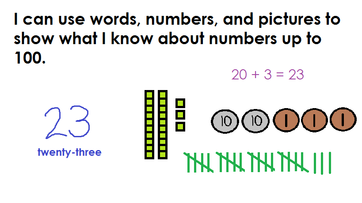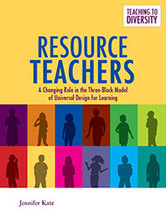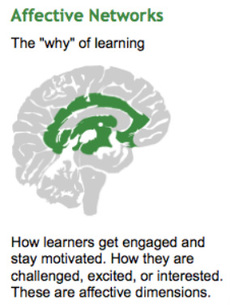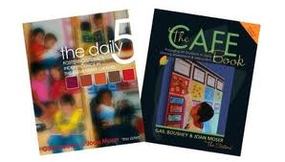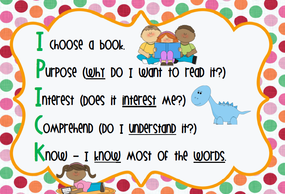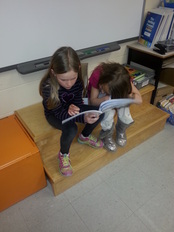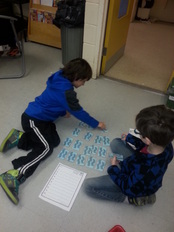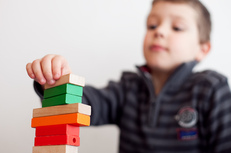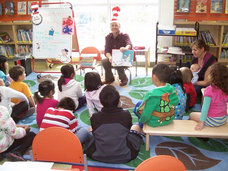
Many parents and teachers read aloud to young children. Children love to hear stories, and a large body of research has concluded that reading to children helps them learn to decode text, helps improve their fluency, and helps instill a love for books.
But somewhere along the line, usually after students have been in school for a couple of years, parents and teachers may not read aloud to children nearly as often as they did when children were in preschool and the primary grades.
By this stage of the game, most children can read independently, so it may not seem necessary to read to them as often. This may be true, but I strongly feel that even though many children are capable readers, it is beneficial to continue reading to older children for many reasons.
 Too many books? No such thing!
Too many books? No such thing! - Modelling fluent reading - some children may be good at decoding words, but may need to work on their fluency. Some young readers need a concrete model of what fluent reading sounds like in order to emulate it when they read independently.
- Exposing children to a broader range of literature - maybe we can even help them discover their new favourite author or genre! We can also take the time to talk to them about what they like to read, and we can suggest other books, authors, and/or genres they may enjoy. Helping them discover more texts can help them read more.
- Teaching them more about topics of interest - some books that cater to students' interests may be too challenging for them to read independently. Many nonfiction books have a lot of terminology that students may have difficulty decoding (or understanding). Children love to learn about new things. We can also show them how to use indexes and glossaries to help them make sense of nonfiction texts when they are reading them independently.
- Inclusion - Some children read below what is considered appropriate for their grade level. When we read texts aloud, it helps them better understand what is being read/taught in class. It can also help them develop decoding skills - particularly when they have the opportunity to see the words as they are being read and are encouraged to follow along. This can help build decoding skills and increase their word recognition, helping them improve as readers.
The cons of reading to older children:
None come to mind.
Links to Universal Design for Learning (UDL)
Teachers who have an interest in UDL can incorporate read alouds with older children when it is appropriate, keeping in mind that we also provide time for them to read independently. Reading aloud to children utilizes the following principles of UDL*:
- 2.1 - Clarify vocabulary and symbols
- 2.3 - Support decoding of text, mathematical notation, and symbols
- 3.3 - Guide information processing, visualization, and manipulation
- 5.3 - Build fluencies with graduated levels of support for practice and performance
- 7.3 - Minimize threats and distractions
* You can dowload CAST's guiding principles of UDL here.
